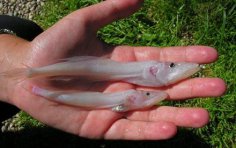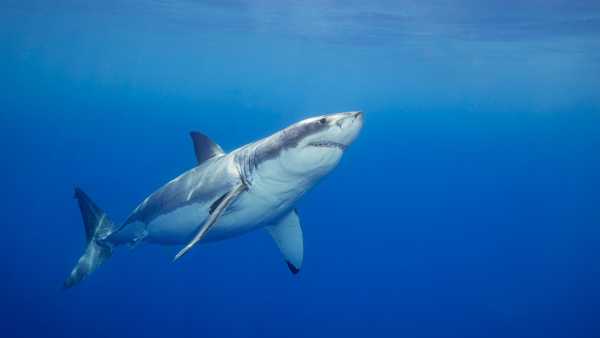It’s International Polar Bear Day! To celebrate the wonders of the largest of the bear species, one that has become an icon of global warming and polar ice melt, here are some stunning photos that reveal just how magnificent these creatures are.
Big bears
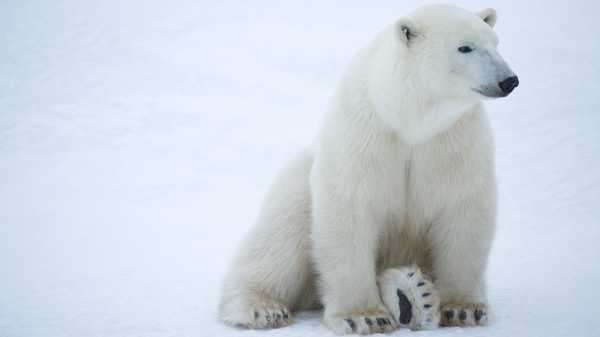
Male polar bears can reach 8 to 11 feet (2.4 to 3.4 meters) from nose to tail and weigh up to a whopping 1,700 pounds (771 kilograms), according to the Center for Biological Diversity.
Arctic cubs

Polar bears live across the Arctic. They are found in Alaska, Canada, Greenland, Russia and Norway. Alaska polar bears live along the Bering, Chukchi and Beaufort seas.
Following the trail
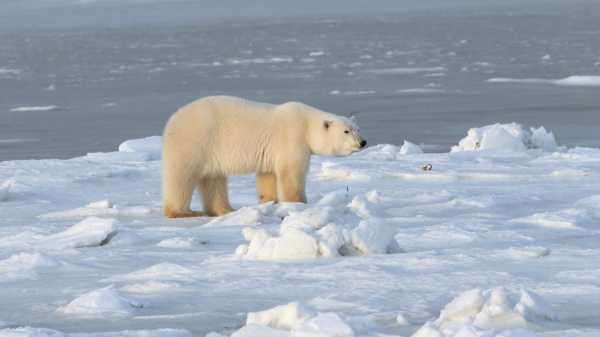
Between April and late June, male polar bears find mates by following scent trails left on the sea ice by females’ foot pads. Even though the actual mating happens at this time, the eggs don’t implant until the following fall, according to Polar Bears International. Polar bear cubs tend to be born in December, when the mama bear gives birth to one, two or three cubs, though twins are the most common.
Sweet cubs
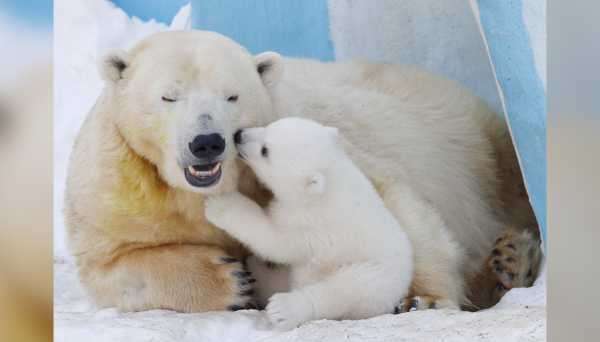
Infant polar bears are just 12 to 14 inches (30 to 35 centimeters) and weigh just a pound (half a kilogram). The little ones are blind, toothless furballs at birth.
These polar bear families leave the den in the spring, as soon as the cubs are strong enough to survive in the harsh Arctic environment. There, the mother can teach them survival skills, such as how to hunt, swim and feed. The cubs can stay with their mother for up to about 3 years.
Built for the cold
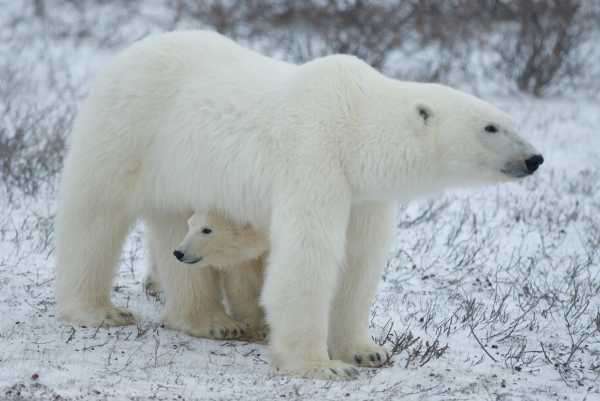
Polar bears are built to withstand the bone-chilling temperatures in the Arctic. For instance, their bodies are covered in a dense layer of underfur that’s topped with so-called guard hairs, which are longer and coarser than the underfur, according to Polar Bears International. That layering system keeps them from losing any body heat. And even though their fur looks snow-white, it’s actually clear (and their skin is a black hue): It just takes on a white appearance because of its structure. Each hair is like a hollow tube, and when sunlight hits each tube it gets scattered in such a way that the fur looks white, according to a report in The Washington Post.
Top predators
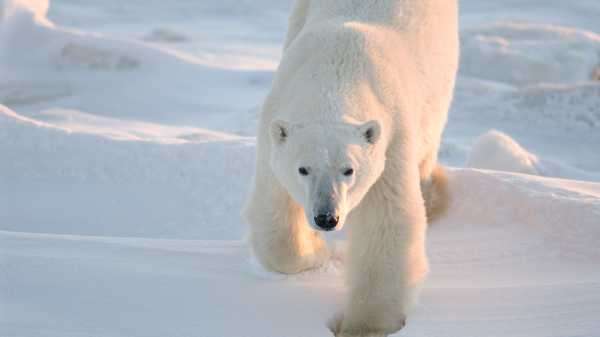
Polar bears are extreme carnivores, feeding mainly on ringed seals, which are chockfull of fat. Apparently the bear’s stomach can hold about 15-20% of its body weight, according to the World Wildlife Fund (WWF). And its digestive system, according to the WWF, can absorb about 84% of the protein and 97% of the fat it eats.
Life on ice
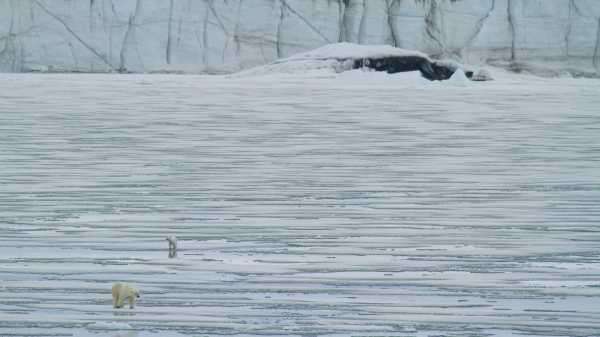
Sea ice is a polar bear’s life blood in some sense, as they need it for hunting (that’s how they catch ringed seals), finding mates and traveling.
The long hunt
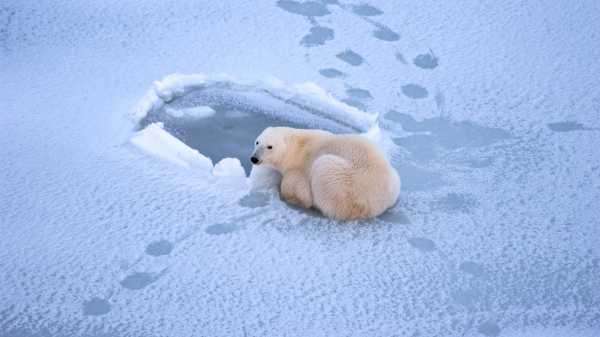
Polar bears are masters of the hunt. And they’re patient: Sometimes, they will stay completely still by a seal breathing hole, where they will wait like that for hours or even days, according to the World Wildlife Fund. However, since seals are slippery and designed to escape such a predator, polar bears catch only about 10% or so of what they go after in this way, the WWF explained.
Losing footing
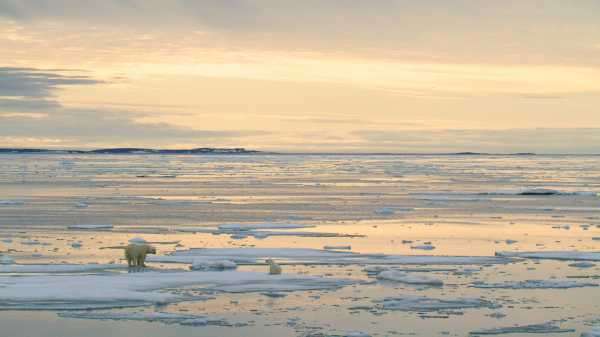
The sea ice that polar bears depend on is vanishing. And while sea ice cover does grow and shrink with the seasons, the cover has been diminishing during both winter and summer months, scientists have found. For instance, in 2019, Arctic sea ice hit its maximum extent on March 13, when it extended some 6 million square miles (15 million square kilometers), which was lower than most of the 40 previous years, according to the National Snow and Ice Data Center (NSIDC).
Where’s the ice?
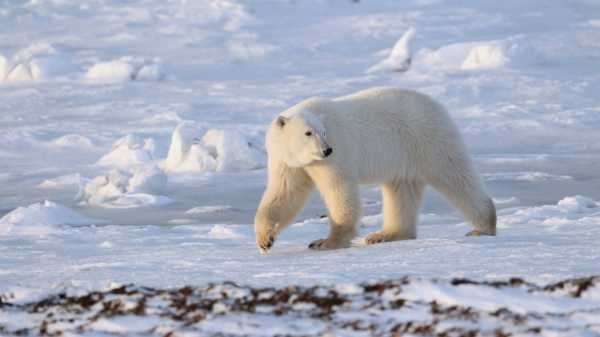
In 2019, the Arctic sea ice cover hit its lowest extent on Sept 18, when it spanned about 1.6 million square miles (4 million square km); that cover tied with 2007 and 2016 as the second lowest since the 1970s, according to NASA.
Bath time

Turns out, polar bears like to keep their fur clean. And they’re not trying to impress a potential mate, but rather clean fur is more efficient at insulating their bodies. When their fur gets dirty and matted, it loses its insulating properties, according to the World Wildlife Fund.
And so, to keep clean, polar bears take baths. Typically after they feed, a polar bear will wash off by taking a swim or rolling in the snow.
Swim champs

And when polar bears hop into the ocean to take a bath, they know what they’re doing. They are agile swimmers, able to sustain a speed of 6 mph (9.7 km/h) by using their front paws (which are somewhat webbed) to paddle and holding their back legs flat as if a rudder, the WWF noted. Since they spend most of their lives on the ice covering the Arctic Ocean, polar bears are categorized as marine mammals.
Polar bears are considered talented swimmers and can sustain a pace of six miles per hour by paddling with their front paws and holding their hind legs flat like a rudder. Their paws are slightly webbed to help them swim. Polar bears are actually classified as marine mammals because they spend most of their lives on the sea ice of the Arctic Ocean.
Originally published on Live Science.

OFFER: Save at least 53% with our latest magazine deal!
With impressive cutaway illustrations that show how things function, and mindblowing photography of the world’s most inspiring spectacles, How It Works represents the pinnacle of engaging, factual fun for a mainstream audience keen to keep up with the latest tech and the most impressive phenomena on the planet and beyond. Written and presented in a style that makes even the most complex subjects interesting and easy to understand, How It Works is enjoyed by readers of all ages.
Sourse: www.livescience.com




